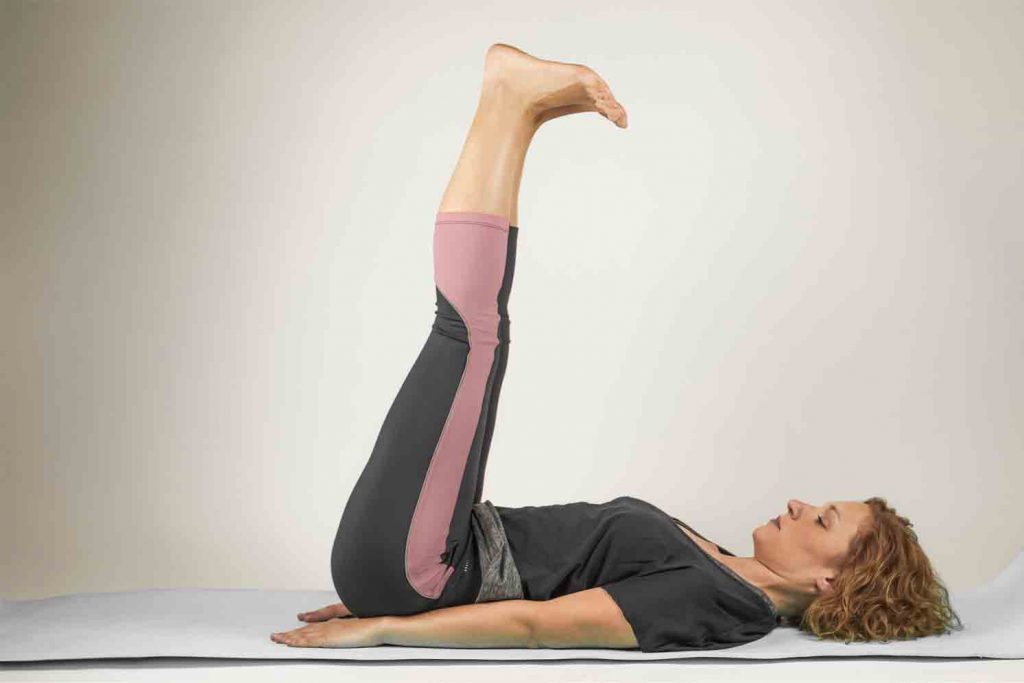Hey there! If you’re dealing with Spondylolisthesis and heading to work every day, you’re not alone. Many people face the challenge of balancing their condition with the demands of the workplace. But fear not! In this blog post, we’ll explore some practical tips and strategies to help you stay safe and comfortable at work while managing Spondylolisthesis.

Understanding Spondylolisthesis and Its Impact on Work
First things first, let’s get a clear picture of what Spondylolisthesis is and how it can affect your work life:
What is Spondylolisthesis?
Spondylolisthesis is a spinal condition where one of the vertebrae slips forward onto the bone below it. This can lead to pain, stiffness, and discomfort, especially in the lower back.
Impact on Work
- Spondylolisthesis can make it challenging to sit or stand for long periods, which are common requirements in many jobs.
- Heavy lifting or repetitive movements may exacerbate symptoms and lead to increased pain and discomfort.
- Pain and stiffness may affect concentration and productivity at work.
Creating a Safe and Comfortable Workspace
Now that we understand the challenges, let’s dive into some practical tips for creating a safe and comfortable workspace:
Ergonomic Setup
- Chair: Choose a chair with good lumbar support to maintain the natural curve of your spine. Adjust the height so that your feet are flat on the floor and your knees are level with your hips.
- Desk: Ensure that your desk is at the right height to avoid strain on your back and neck. Consider using a footrest if needed to support your feet.
- Monitor: Position your computer monitor at eye level to prevent neck strain. Use a document holder to keep papers at eye level and reduce the need for constant bending.
Movement and Stretching
- Regular Breaks: Take frequent breaks to stand up, stretch, and walk around. Set a timer to remind yourself to move every hour.
- Stretching: Incorporate gentle stretches into your daily routine to relieve tension in your back and muscles. Focus on stretching the hamstrings, hip flexors, and lower back.
- Strengthening Exercises: Work on strengthening exercises to improve the stability of your spine and support your posture. Consult with a physical therapist for personalized exercises tailored to your needs.
Communication and Advocacy
Communication with Employers
- Open Dialogue: Have an open and honest conversation with your employer about your condition and any limitations you may have.
- Reasonable Accommodations: Discuss potential accommodations that could make your work environment more accessible and comfortable, such as ergonomic furniture or modified duties.
Self-Advocacy
- Know Your Limits: Listen to your body and recognize when you need to take a break or modify your activities.
- Assertiveness: Don’t be afraid to speak up for yourself and assert your needs in the workplace. Your health and well-being are important.
Conclusion
Navigating Spondylolisthesis in the workplace may present challenges, but with the right strategies and support, you can create a safe and comfortable environment that allows you to thrive. Remember to prioritize your health and well-being, and don’t hesitate to seek assistance when needed. You’ve got this!
So, whether you’re working from home or in an office setting, implementing these tips can help you stay safe and comfortable while managing Spondylolisthesis. Here’s to a happier and healthier work life!
